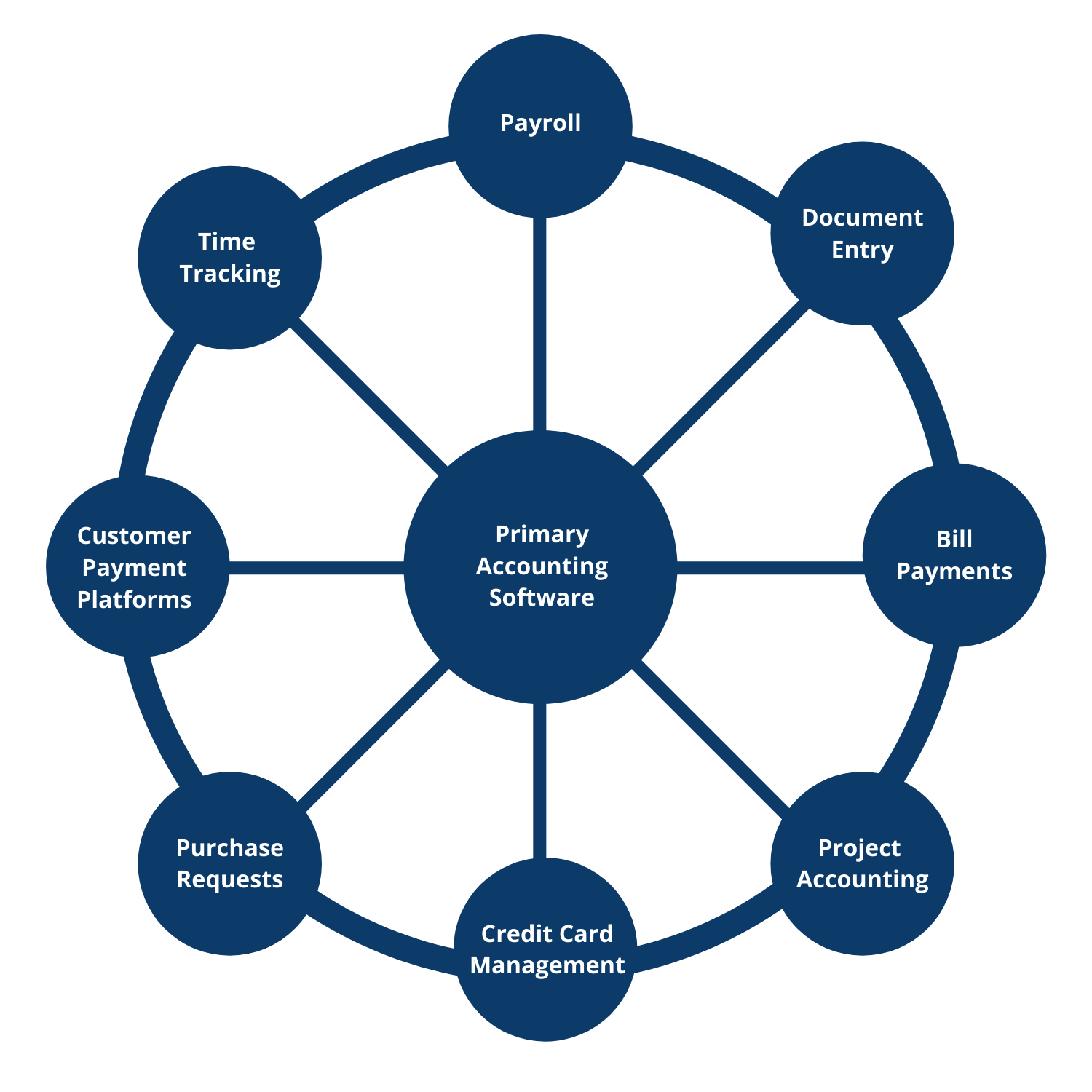Most businesses rely on credit cards to make daily purchases in their company. From inventory to supplies, materials and advertising, almost every purchase makes it on the company credit card. It’s a convenience most people rely on, but it has its challenges as an organization grows. It can be tedious to keep up with all the transactions, but this is vital for the owner to have accurate and up-to-date financial reports.
The other challenge is oversight with the team. There are four areas that should be considered for your credit card policy.
-
Expense policy
Instituting a company wide expense policy with your team is the first step to ensuring proper purchases are on the card. It could be included in your employee handbook or as a separate statement. Require each employee to sign this form. It will give you authority to address issues if they arise. There are quite a few templates out there with various HR and Payroll vendors. Our payroll vendor, Gusto, has several nice templates.
-
Use a business credit card with strong monitoring and spending limits
There are so many business credit cards to choose from that it can be overwhelming to choose the right one. When you are filtering through the list of options, company-wide and individual card limits are vital. The owner should also be able to control all the cards in one easy-to-use place.
-
Choose a card that will maximize your benefits
This really comes down to what makes most sense for the owner and the organization. A company that travels frequently may find a travel card from Chase or American Express more advantageous. Other organizations may prefer the simplicity of a dollar-for-dollar cashback rewards card like the Capital One Spark Business Cash Card. Run the numbers and see what makes sense for you. How can you maximize benefits without creating a burden on yourself?
-
Oversight
This may be the most important piece of your credit card policy. The business owner must have a way to monitor spending on all the cards in real-time. While the online credit card site is a start, it will not give you all the controls you need. There are accounting applications that sync with both your accounting system and your credit card. In other words, your employees will submit receipts through a phone app, the manager will review them, and then they are automatically imported into your accounting records. This is a fantastic way to have a pulse on your spending while simultaneously saving time on the data entry of credit card charges. For a deeper discussion on those tools, see this article about credit card management system











































